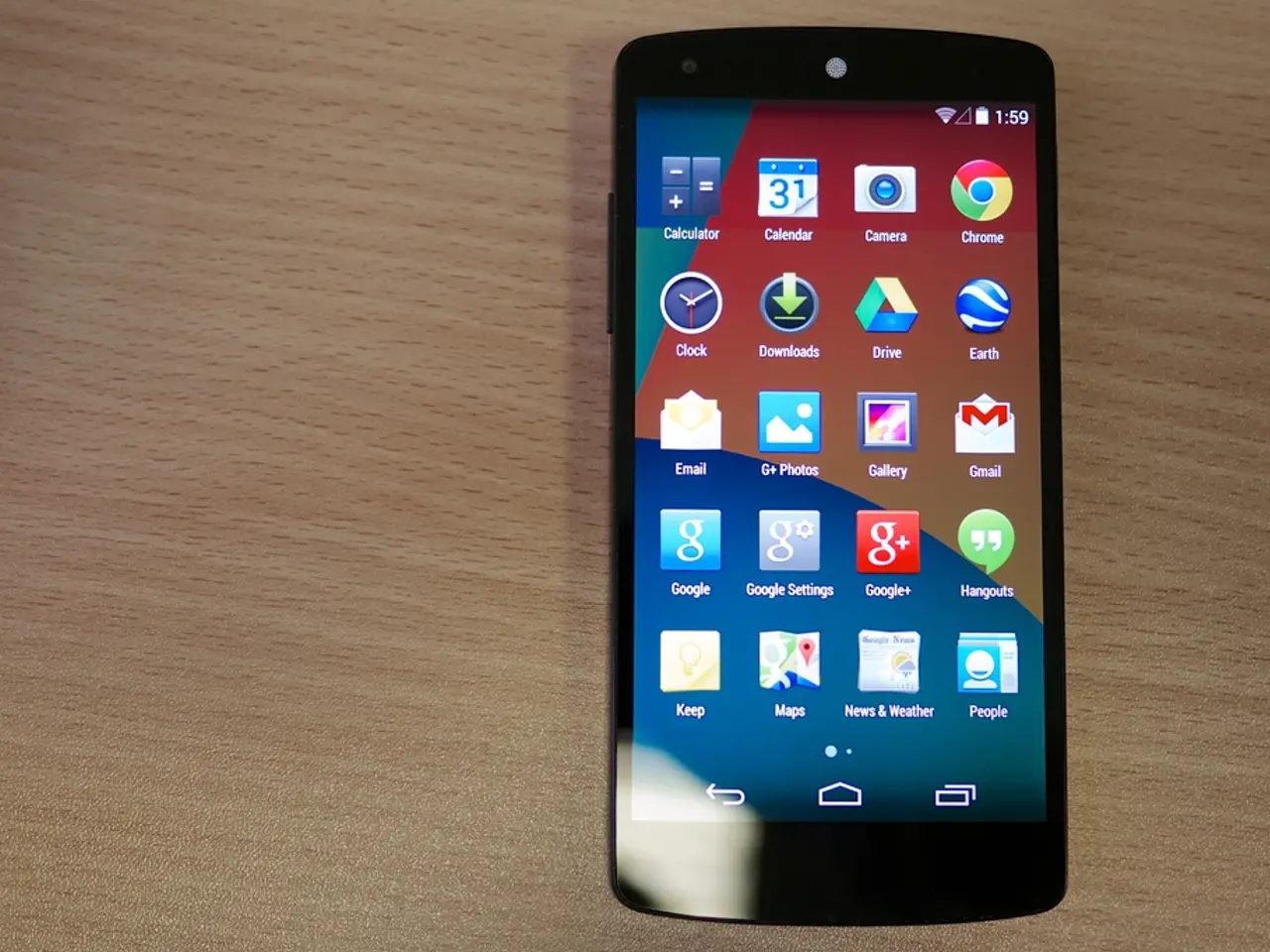Strategies for Integrating Affordances into User Interfaces:
In the ever-evolving world of mobile technology, user experience (UX) design plays a pivotal role in shaping the interactions between users and their devices. Two key concepts that are transforming the mobile landscape are affordances and personalization.
Affordances, first introduced by James Gibson, describe the relationship between organisms and their environments. In the context of UX design, affordances refer to visual cues that communicate how users can interact with an interface. Researchers Eric Klopfer and Kurt Squire have identified five affordances that are particularly relevant for mobile devices: portability, social interactivity, context sensitivity, connectivity, and individuality.
1. **Visual Affordances** - Visual cues like buttons that appear pressable, text fields that invite typing, or icons that suggest tapping, are essential for guiding users through interactions. To ensure clarity, buttons should be clearly outlined and have a distinct color or shadow to indicate they are interactive. Design systems can help maintain consistency across the app.
2. **Auditory Affordances** - Sounds or audio cues provide feedback on user actions. These should be used sparingly to confirm actions, such as a beep when a button is pressed, but kept subtle and customizable to avoid disturbing users.
3. **Tactile Affordances** - Physical cues felt through touch, like vibrations or haptic feedback, can enhance the sense of interaction with the device. Haptic feedback can be used to confirm button presses or successful actions.
4. **Motion Affordances** - Animations or transitions guide the user through interactions. These can indicate loading processes or smoothly transition between screens, helping users understand the flow of the app.
5. **Constraints Affordances** - Visual or interactive limitations prevent users from performing invalid actions. Grayed-out buttons for unavailable options or disabled form fields until required information is filled help reduce errors and frustration.
Effective implementation of these affordances is crucial for mobile devices. Context awareness, consistency, and usability testing are key strategies for achieving this. Context awareness uses mobile device sensors (location, time, activity) to adapt affordances based on the user's context, such as minimising distractions when detecting a user is driving. Consistency ensures that affordances are consistent across the app and provide immediate feedback to reinforce user actions. Usability testing validates that affordances are clear and effective for different types of users.
Personalization in mobile design involves tailoring the app experience to meet the needs of a specific user, offering the optimum level of customization to make users feel special and understood. This can include push notifications, recommendations, suggestions, tips, discounts, and special offers. However, it's important to respect offline or low-bandwidth scenarios, as mobile network coverage and bandwidth speed vary across different regions.
Social interactivity affords better cooperation, communication, and collaboration between users, as demonstrated by Airbnb, which allows users to view reviews and chat with hosts before booking a rental. The device's portability allows for users to take it anywhere and use it on the go, making affordances glanceable.
By implementing these affordances effectively and personalizing the user experience, you can enhance the user experience on mobile devices by making interactions more intuitive and engaging. For more insights into Airbnb's approach to mobile collaboration, read their blog post on AirbnbEng: A new way to plan your trip: Introducing the Airbnb iMessage App.
In the realm of mobile technology, both UX design and UI design leverage affordances to create engaging and intuitive user experiences. The relevant affordances for mobile devices, such as portability and social interactivity, shape the way users interact with their smartphones and gadgets. Effective visual, auditory, tactile, motion, and constraints affordances guide users through interactions, while personalization tailors the app experience to each user's needs for a more seamless and enjoyable experience.




